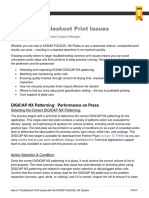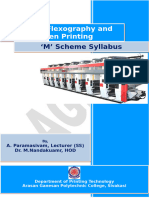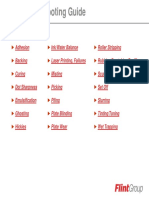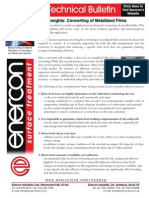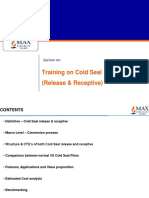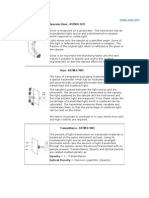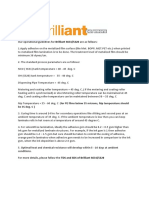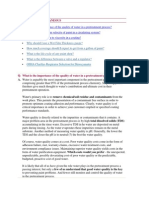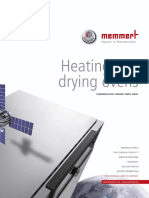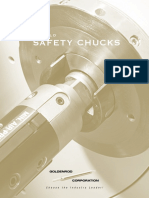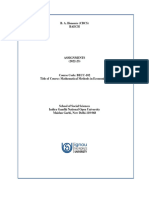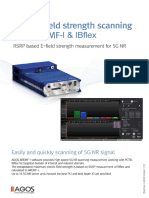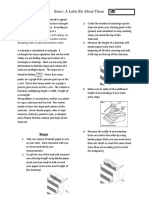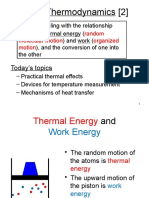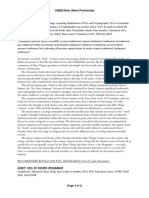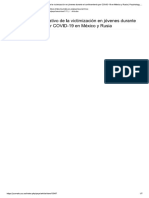100% found this document useful (1 vote)
2K views29 pagesGravure Calculating Volume
This document discusses key aspects of achieving consistent coated products using liquid coatings. It emphasizes that communication is important between the coating supplier, anilox supplier, and printer. Anilox roll specifications like cell count, volume, and geometry are important to understand functional failures and maintain coating consistency. The document reviews the coating calculation process and factors that must be considered, like desired coat weight, solids content, application method, and ream size. Maintaining the thinnest coating layer to achieve desired results helps impact economics.
Uploaded by
Quan PhanCopyright
© © All Rights Reserved
We take content rights seriously. If you suspect this is your content, claim it here.
Available Formats
Download as PDF, TXT or read online on Scribd
100% found this document useful (1 vote)
2K views29 pagesGravure Calculating Volume
This document discusses key aspects of achieving consistent coated products using liquid coatings. It emphasizes that communication is important between the coating supplier, anilox supplier, and printer. Anilox roll specifications like cell count, volume, and geometry are important to understand functional failures and maintain coating consistency. The document reviews the coating calculation process and factors that must be considered, like desired coat weight, solids content, application method, and ream size. Maintaining the thinnest coating layer to achieve desired results helps impact economics.
Uploaded by
Quan PhanCopyright
© © All Rights Reserved
We take content rights seriously. If you suspect this is your content, claim it here.
Available Formats
Download as PDF, TXT or read online on Scribd
/ 29




